A. Cash Book B. Statement C. Journal D. None of These
Starting of the business The starting of the business, in accounting terms, is called the commencement of the business. There are three types of businesses that can be commenced, they are, sole proprietorship, partnership, and joint-stock company. In order to start the business, in companies, commenRead more
Starting of the business
The starting of the business, in accounting terms, is called the commencement of the business. There are three types of businesses that can be commenced, they are, sole proprietorship, partnership, and joint-stock company.
In order to start the business, in companies, commencement is a declaration issued by the company’s directors with the registrar stating that the subscribers of the company have paid the amount agreed. In a sole proprietorship, the business can be commenced with the introduction of any asset such as cash, stock, furniture, etc.
Journal entry
In this entry, “Started business with cash $60,000”
As per the golden rules of accounting, the cash a/c is debited because we bring in cash to the business, and as the rule says “debit what comes in, credit what goes out.” Whereas the capital a/c is credited because “debit all expenses and losses, credit all incomes and gains”
As per modern rules of accounting, cash a/c is debited as cash is a current asset, and assets are debited when they increase. Whereas, on the increment on liabilities, they are credited, therefore, capital a/c is credited.

See less
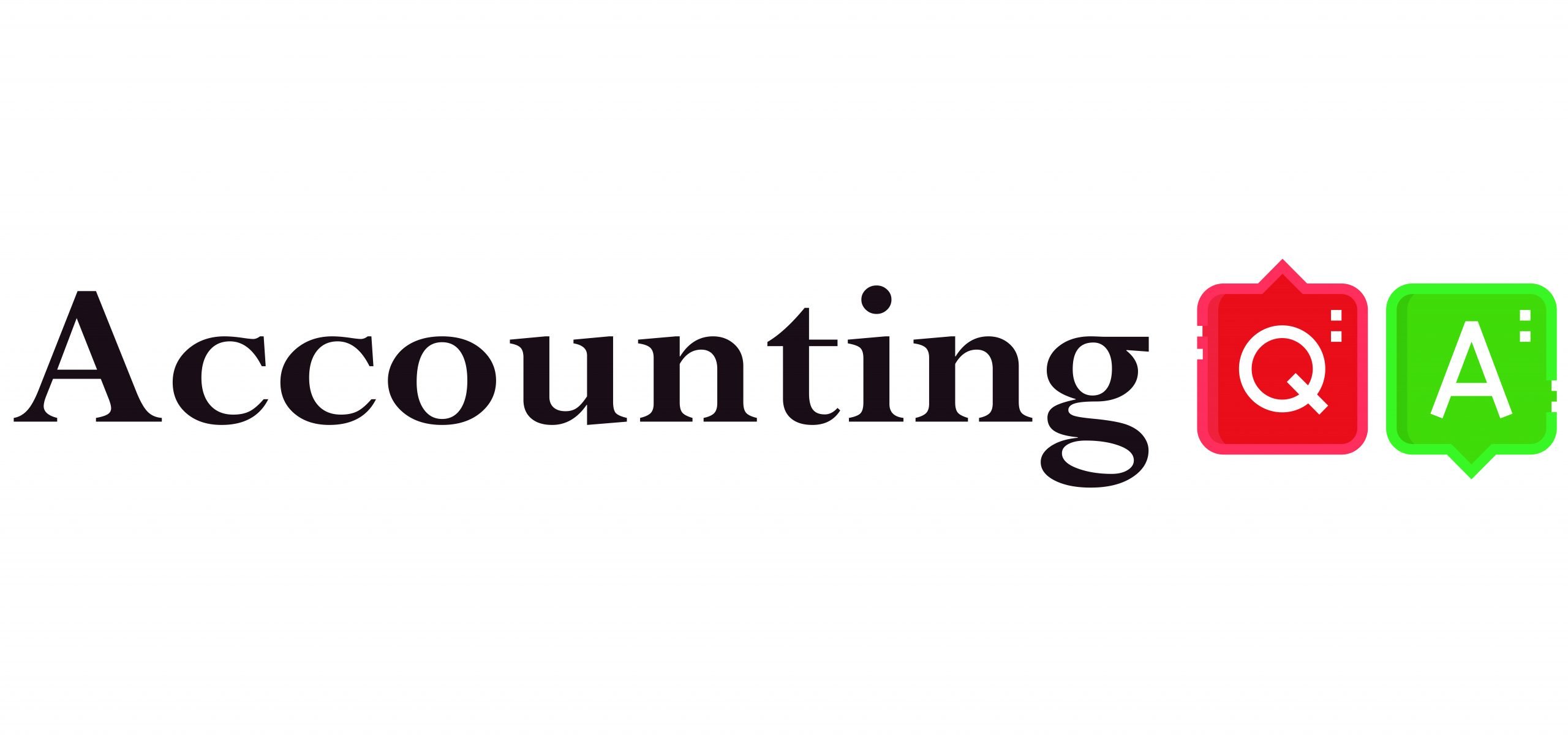
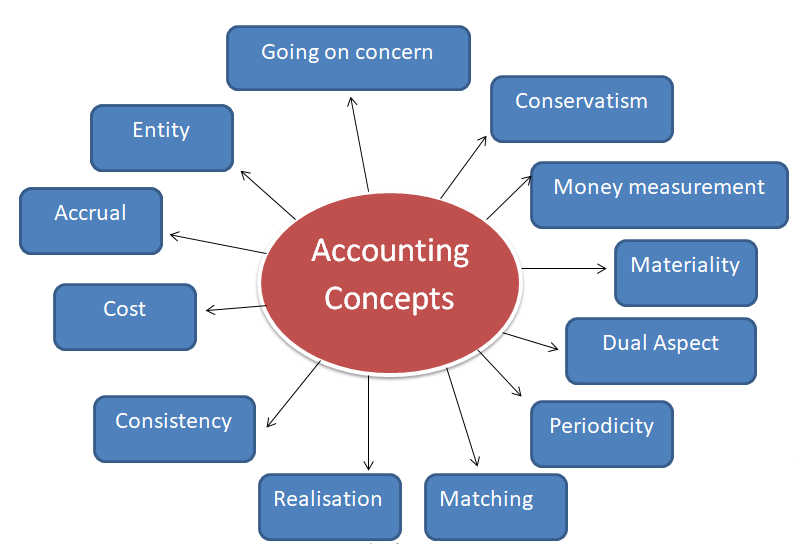
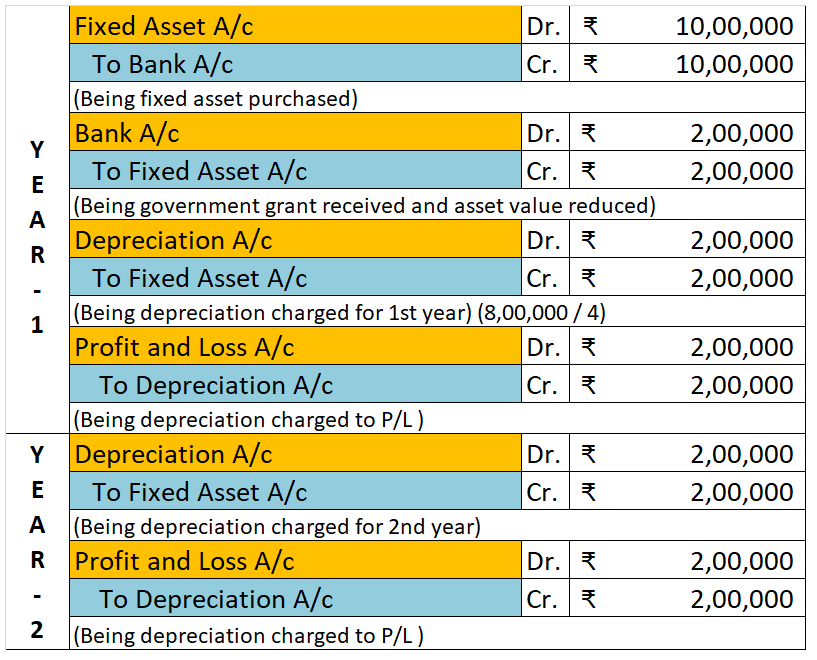
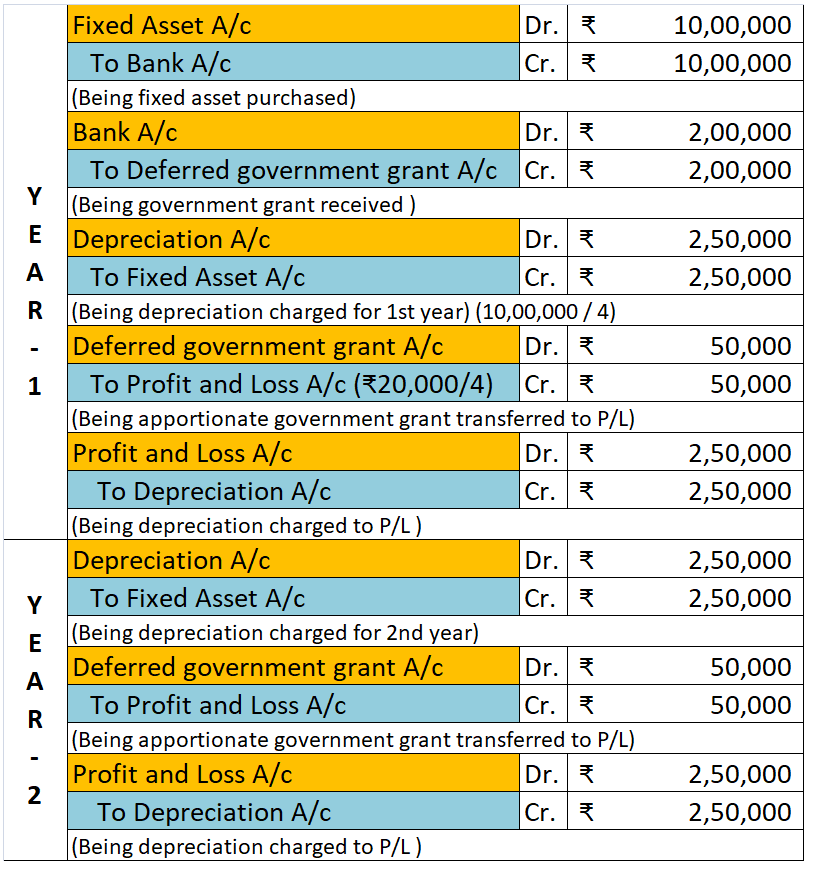
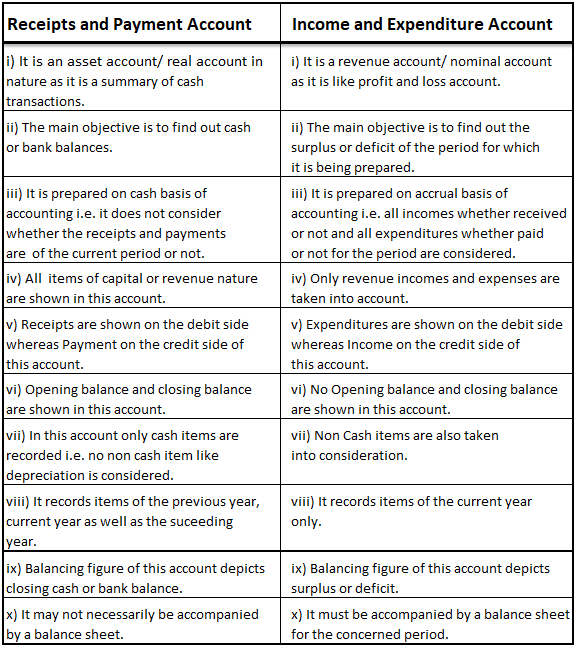
The correct option is A) Cash book let's understand what is petty cash book: A petty cash book is a cash book maintained to record petty expenses. Petty expenses, mean small or minute expenses for which the payment is made in coins or a few notes or which are smaller denominations like tea or coffeeRead more
The correct option is A) Cash book
let’s understand what is petty cash book:
Generally, the petty cashbook is prepared as per the Imprest system. As per the Imprest system, the petty expenses for a period (month or week) are estimated and a fixed amount is given to the petty cashier to spend for that period.
At the end of the period, the petty cashier sends the details to the chief cashier and he is reimbursed the amount spent. In this way, the debit balance of the petty cashbook always remains the same.
The petty cash book has two columns in which
Balance of Petty cash book
The balance of petty cash book is never closed and their balances are carried forward to the next accounting period which is considered one of the most significant qualities of an asset whereas Income doesn’t have any opening balance and their balances get closed at the end of every accounting year.
A petty cash book is placed under the head current asset in the balance sheet. The Closing Balance of the petty cash book is computed by deducting Total expenditure from the Total cash receipt (as received from the head cashier).
Format for petty cash book
Only small denominations are recorded in the petty cash book. It varies with the type, quantity, and need of a business. It involves cash and checks.
Conclusion
A simple petty cash book is a type of cash book because it records the small expenses which involve small transactions in the ordinary daily business.
A petty cash book is not as important as an income statement, balance sheet, or trail balance it doesn’t measure the accuracy of accounts so it is not treated as a statement.
No journal entries are made in the books of accounts while spending or purchasing using a petty cash book so, it is not treated as a journal.
See less